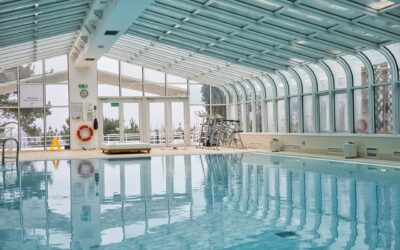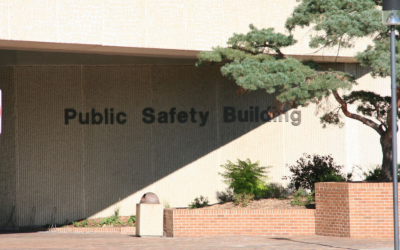Mixed-use development, which was once rather unique to urban renewal and commercial endeavors, is now a hot new trend on university campuses. Throughout the country, college campuses are being transformed into communities and it is typical to see restaurants, retail shops, hotels, green space, offices, parking garages and other amenities adjacent to dorms and classrooms.
Many budget-restricted universities are benefiting from this type of innovative initiative. Some have space on campus for the redevelopment and others have obtained adjoining property to expand the campus’s footprint. Many universities have entered into public-private partnerships (P3s) and all the funding has come from private investors.
One of the first mixed-use residential college projects in the nation is also the largest such development in the history of both South Los Angeles and the University of Southern California. It benefits both the university and the community. The $700 million, 15-acre USC Village project includes six buildings and 2,500 new student beds. The upper floors of the buildings feature residential college suites and the ground level is reserved for retail establishments and food and beverage tenants. A new $16 million firehouse is part of the development project.

Similarly, Mississippi State University will use a P3 and select a private partner to design, finance, build, maintain and manage a new mixed-use development. A private-sector partner will get a 40-year lease of university land. The mixed-use project will provide residences for students, retail and restaurant space, recreational amenities, parking, a day care center and an outdoor entertainment zone. A portion of all revenues generated as a result of the project will flow to the university.
The University of Massachusetts issued a request for information (RFI) for a privately developed, mixed-use project that will include 1,200 beds for students, a 200-room hotel and conference center and a fully staffed medical office. Officials want to test the interest of potential private-sector partners. The next step will be to issue a request for proposals (RFP) for the project.
At Northern Kentucky University, officials are planning a “town center” type mixed-use development that will be anchored by a $25 million medical facility. The $100 million complex will be a partnership between the university and a private developer. It will include a hotel, market-rate apartments, restaurants, space for retail establishments, parking and public gathering areas. Construction is expected to begin in 2018.
Mixed-use developments on college campuses are proving to be a boon for universities as they seek new ways to generate revenue and create amenities that appeal to prospective new students and faculty members. City leaders will be huge supporters because of the increases they will realize in property taxes and sales tax revenues. This is a new trend that bears watching.
Strategic Partnerships, Inc. (SPI) is leading the way in the rapidly expanding area of public-private partnerships. Learn about SPI’s service offerings in both the public and private sectors by contacting them today.






